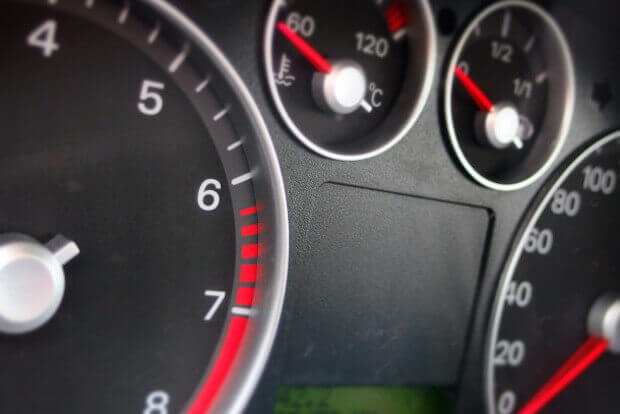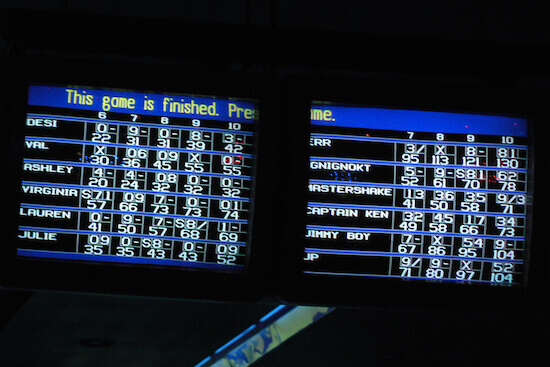
Many kids grow up with pets. However, in some cases, kids either are forced to give up their animal friends or lose interest in taking care of them. So how can we turn these unfortunate events into learning experiences? One way is to look at it as an opportunity to teach kids about invasive species. It can be an important lesson, since it can teach children how to give away their pets responsibly.
Why is this an opportunity to teach kids about invasive species?
Because it can be a child’s first instinct to ‘free’ their pet into the wild. Some kids may be inclined to release their goldfish and turtles into local ponds. And if you’ve been to Richmond or Vancouver Island, it’s probably not too hard to guess where the abundant rabbit populations got their start. Sometimes children don’t realize it, but the act of releasing a pet into the wild often introduces an invasive species.
What should we teach kids about invasive species
We’d suggest you teach your children about the food chain. There are plenty of great online resources to help with that. Once you’ve explained to your kids how this concept works, start asking them questions.
For example, you can ask what will happen if a rabbit is introduced into a habitat that doesn’t normally have rabbits. Will there be a predator that can keep rabbit populations in check? If not, what are the consequences of having too much rabbits? What will they eat? If they eat too much of a particular food, what will that mean for other animals who eat the same things?
DNews on YouTube has a great video about what happens when you release pets into the wild. Check these out:
7 Pets You Should Never Release In The Wild
And also this one about how to make invasive species work for us:
Making Invasive Species Work For Us
SciShow has a video on invasive species, as does MinuteEarth, with plenty of resources in the description of this video.
These are just some examples of questions you can ask that will get children thinking about the consequences of releasing pets into the wild.
Give examples of high-profile invasive species. Then you can start focusing on local Vancouver cases. The Invasive Species Council of Metro Vancouver is a great place to consult for further information.
If possible, focus on the bigger picture
If you think your kids can handle a more complex lesson, you can elaborate on economic and environmental impacts of invasive species. For example, blueweed is a plant that has been known to clog up farmland in British Columbia, resulting in extra removal costs. This could also potentially suck up nutrients in the soil that could’ve been used for growing agriculture.
So what should kids do with unwanted pets?
It can be good to start with preventative measures. For example, ask children if they are willing and able to take care of additional pets if their dog or cat has offspring. If you decide with your kids that it would be too much of a responsibility to take care of additional puppies or kittens, teach them about sterilization. The SPCA has a great resource for this.
You can also teach them about animal shelters — such as the SPCA — and take them on tours. Some organizations will offer guided educational tours of their facilities, so don’t hesitate to send an email or pick up a phone!
Other suggestions include finding trusted friends to give unwanted pets to. And if not, advertisements on classified services like Craigslist are another option.
But hopefully, if you teach children about the impacts of invasive species, your kids will take extra care when deciding to buy or adopt an animal friend!






